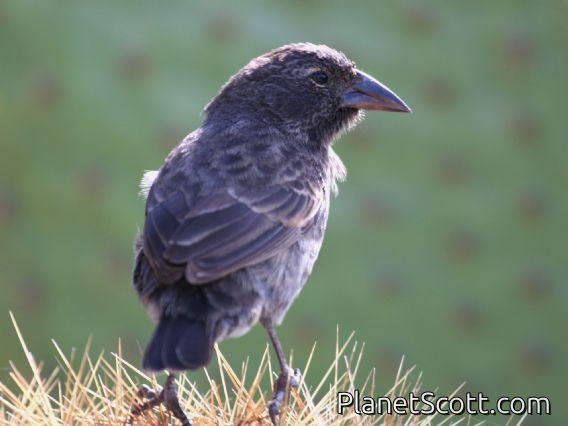Common Cactus-Finch (Geospiza scandens)

Common Cactus-Finch (Geospiza scandens)

Common Cactus-Finch (Geospiza scandens)


×



Common Cactus-Finch (Geospiza scandens)

Common Cactus-Finch (Geospiza scandens)
About Common Cactus-Finch (Geospiza scandens)
- Kingdom: Animals
- Phylum: Chordates
- Class: Birds
- Order: Perching Birds
- Family: Old World Buntings
The common cactus finch or small cactus finch is a species of bird in the Darwin's finch group of the tanager family Thraupidae. It is endemic to the Galapagos Islands, where it is found on most islands, with the notable exception of Fernandina, Española, Genovesa, Darwin and Wolf. Most of these islands are inhabited by its close relative, the Española cactus finch.
Source: Wikipedia
Lifelists
Trips
Visits
-
2006-11-28
Isla Plaza Sur, Ecuador


